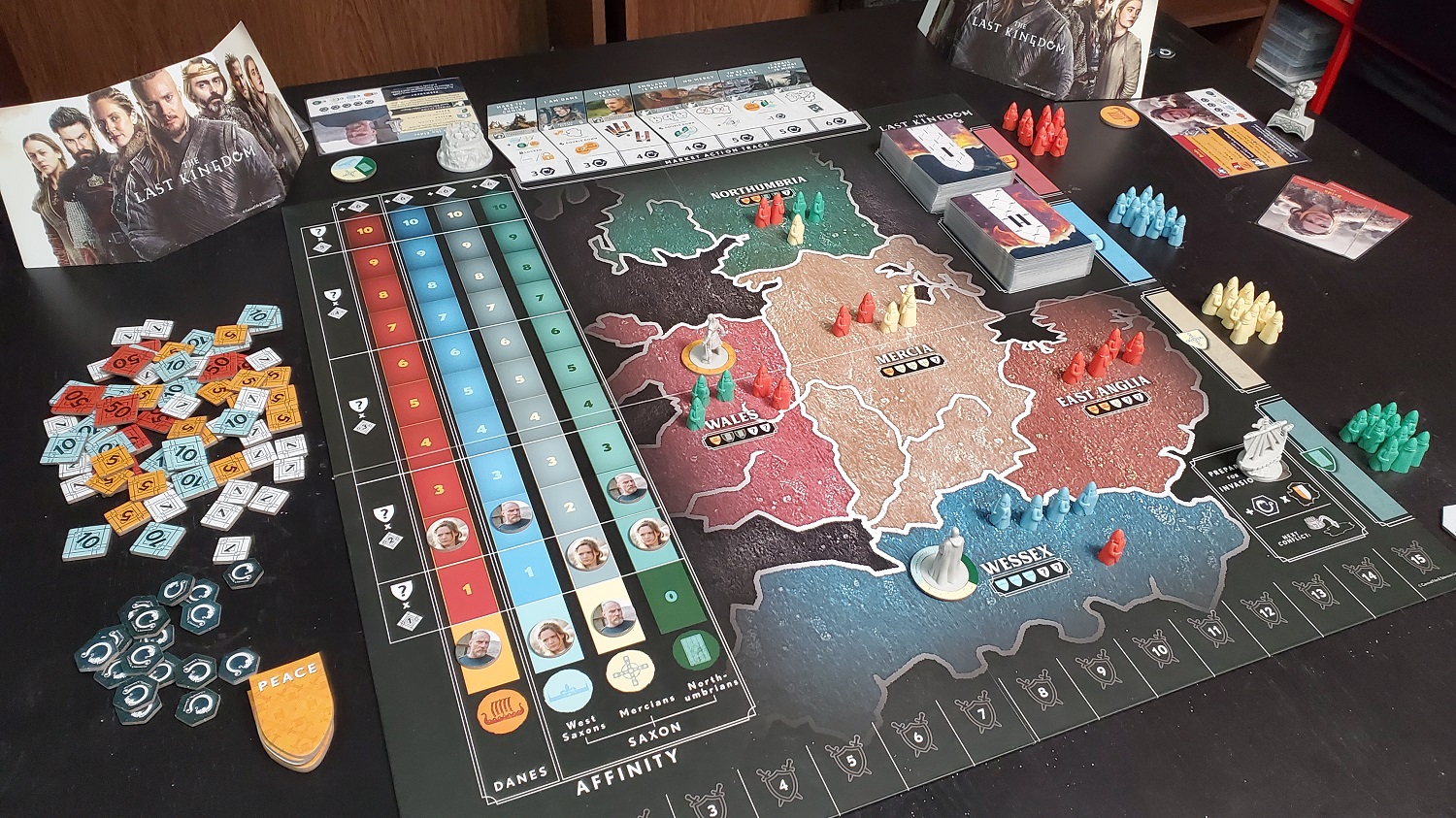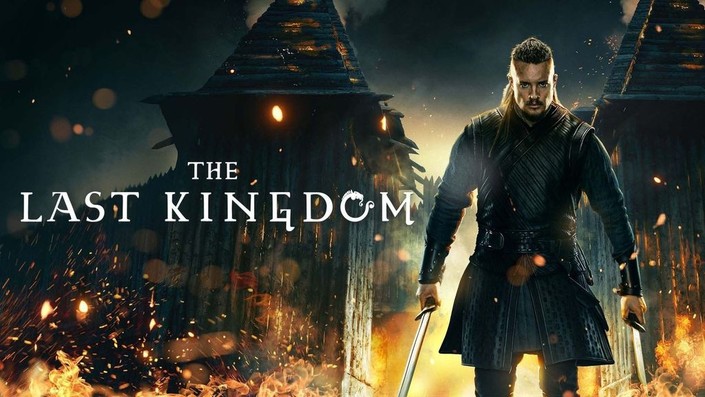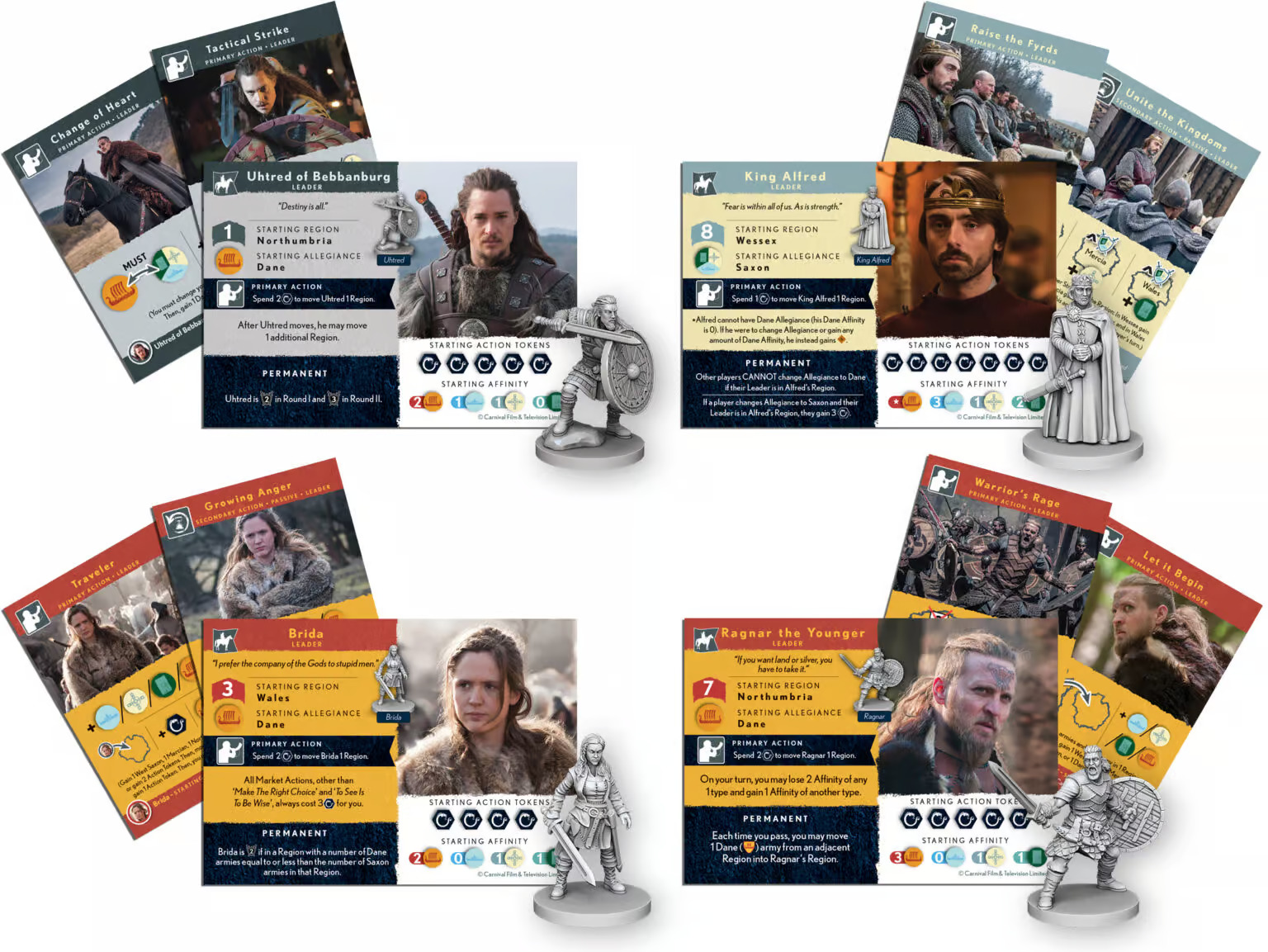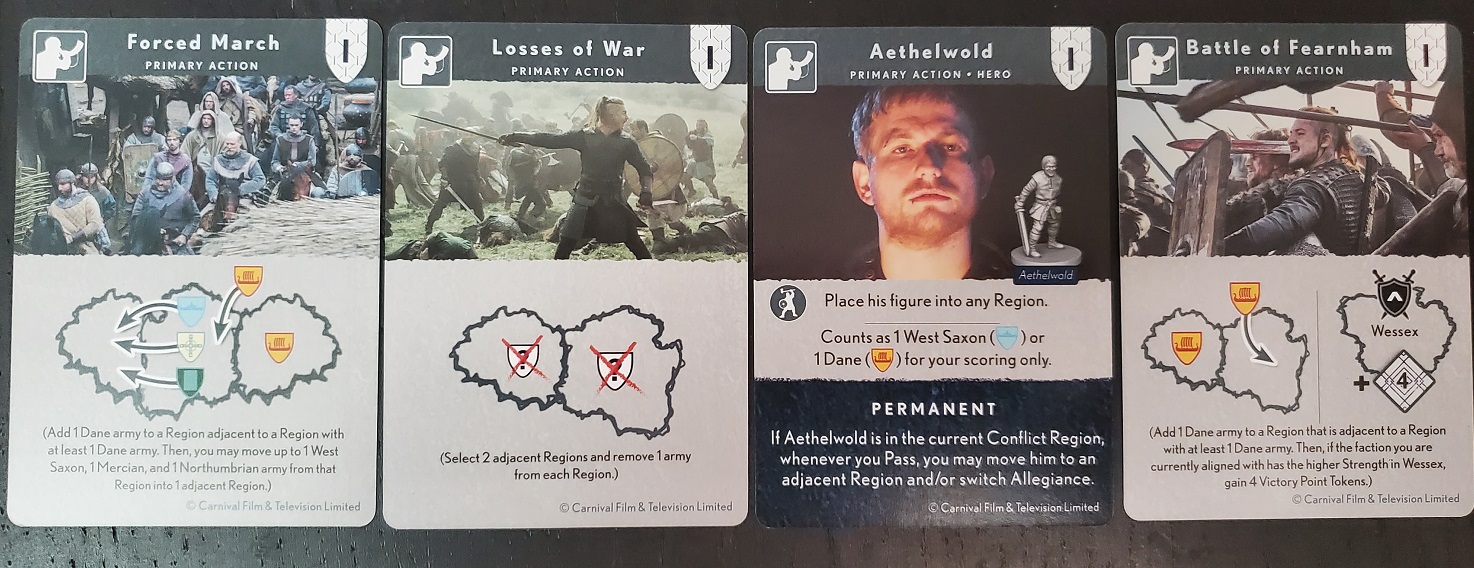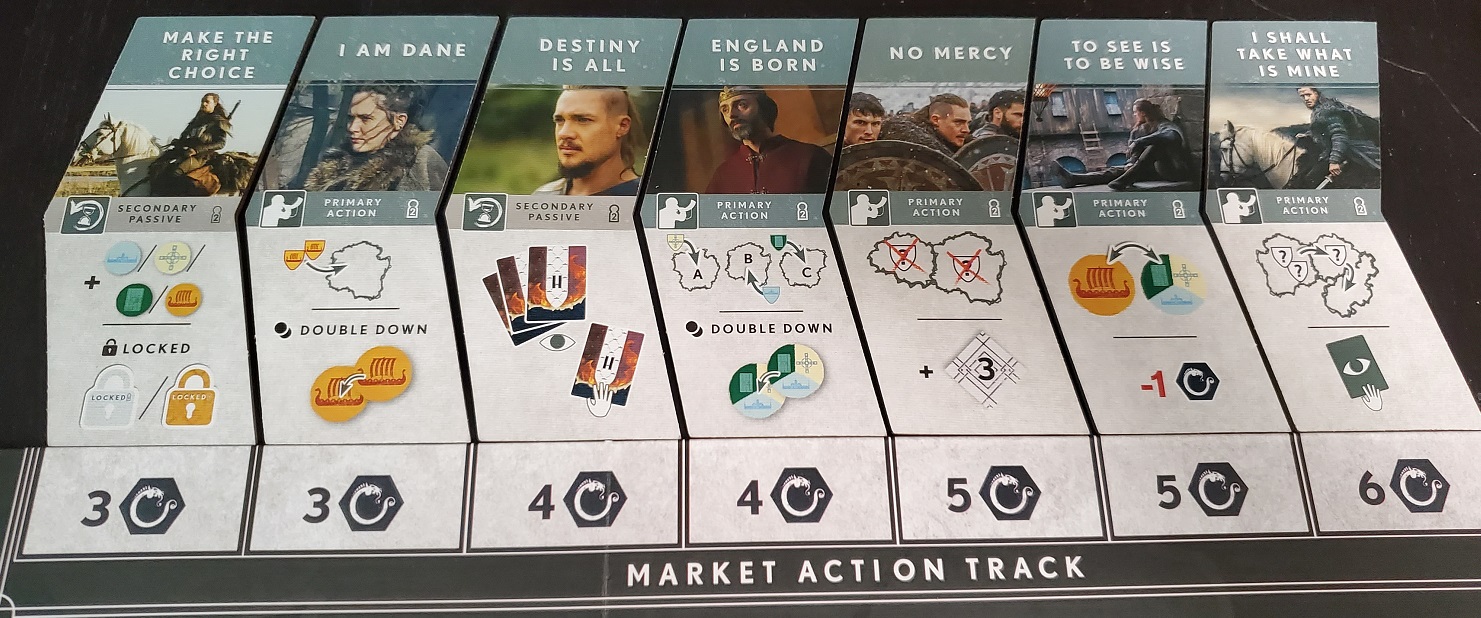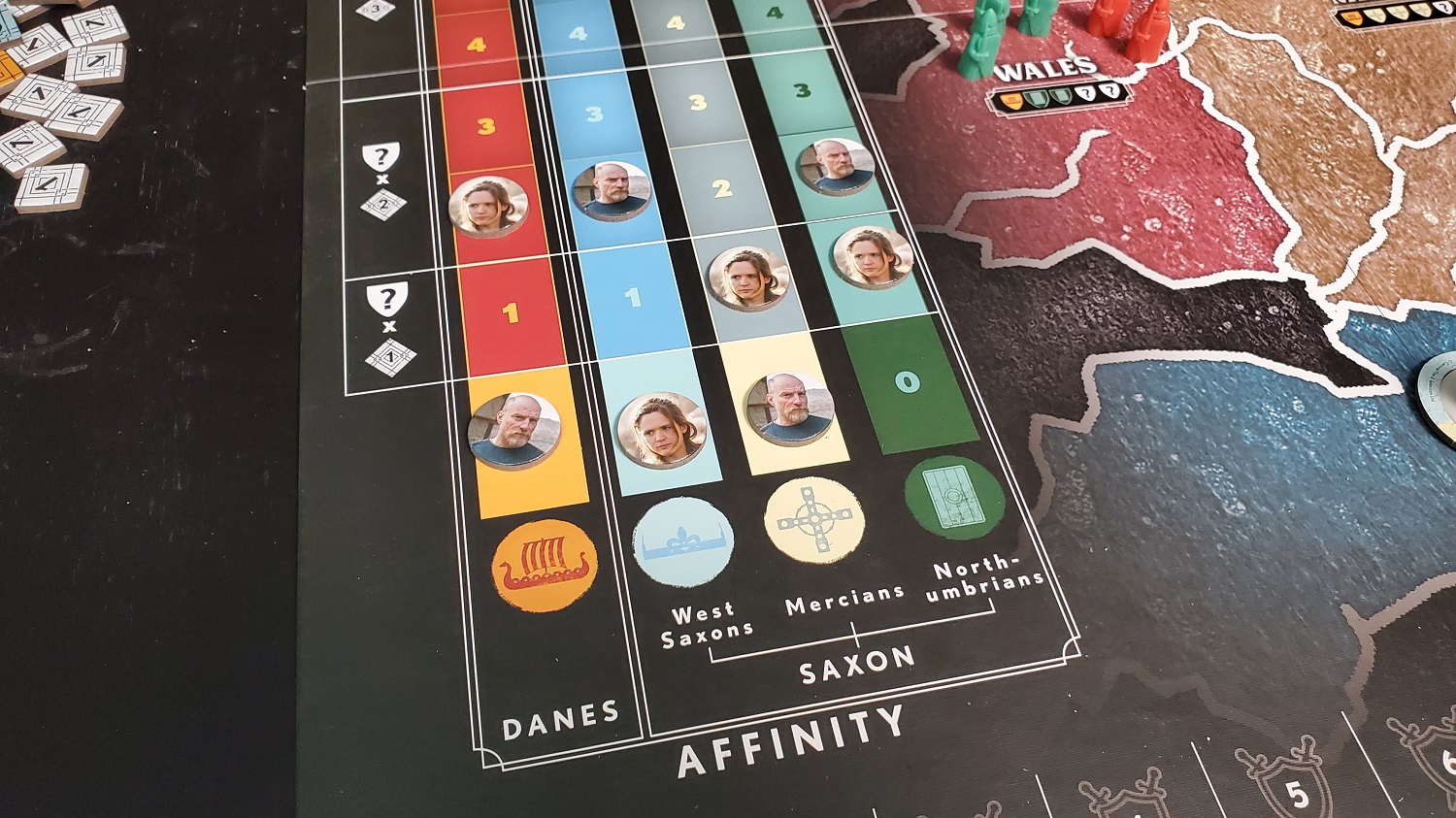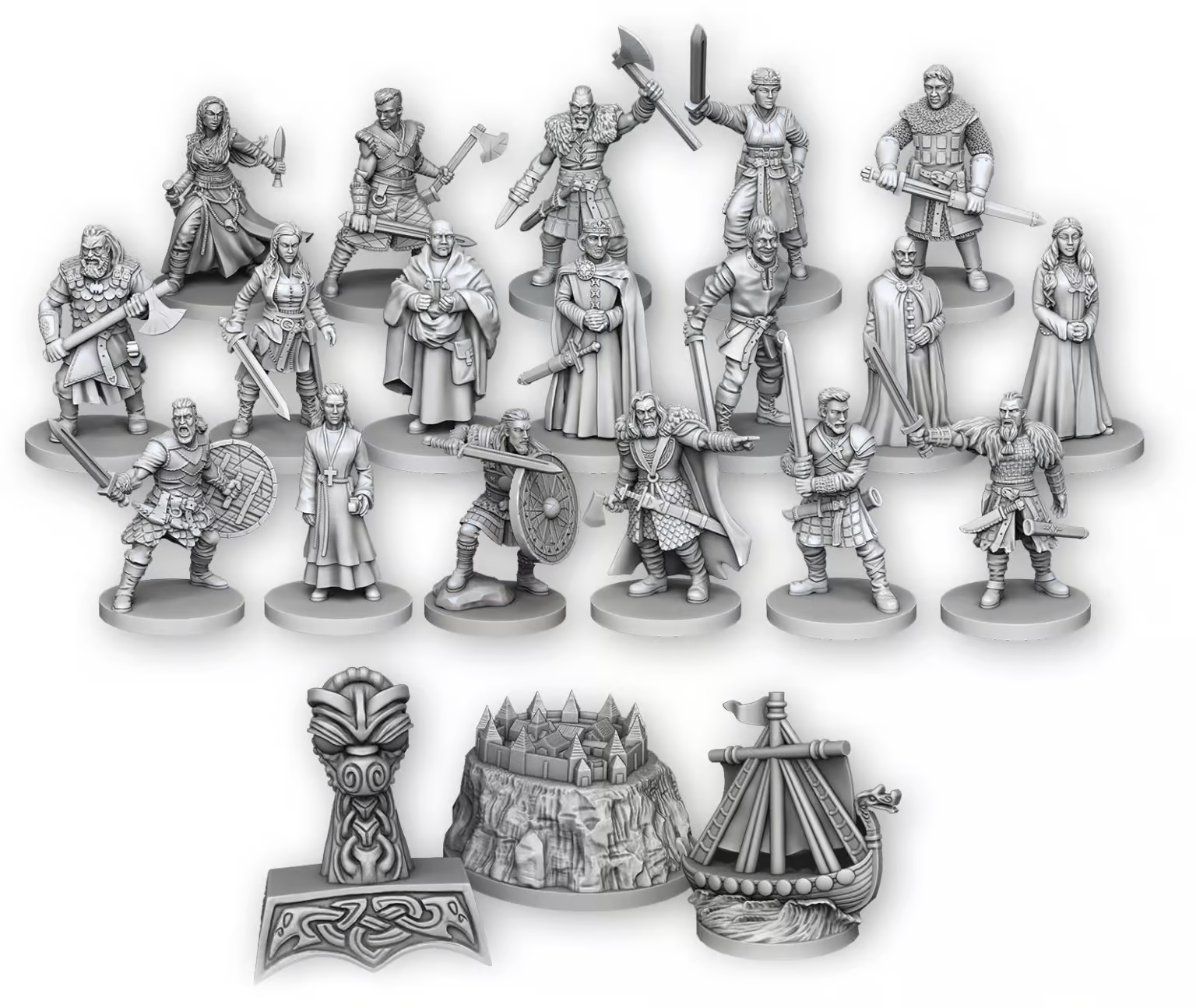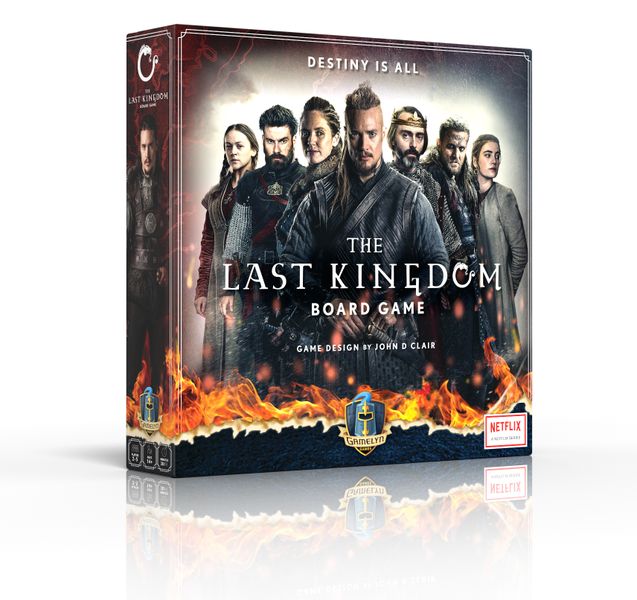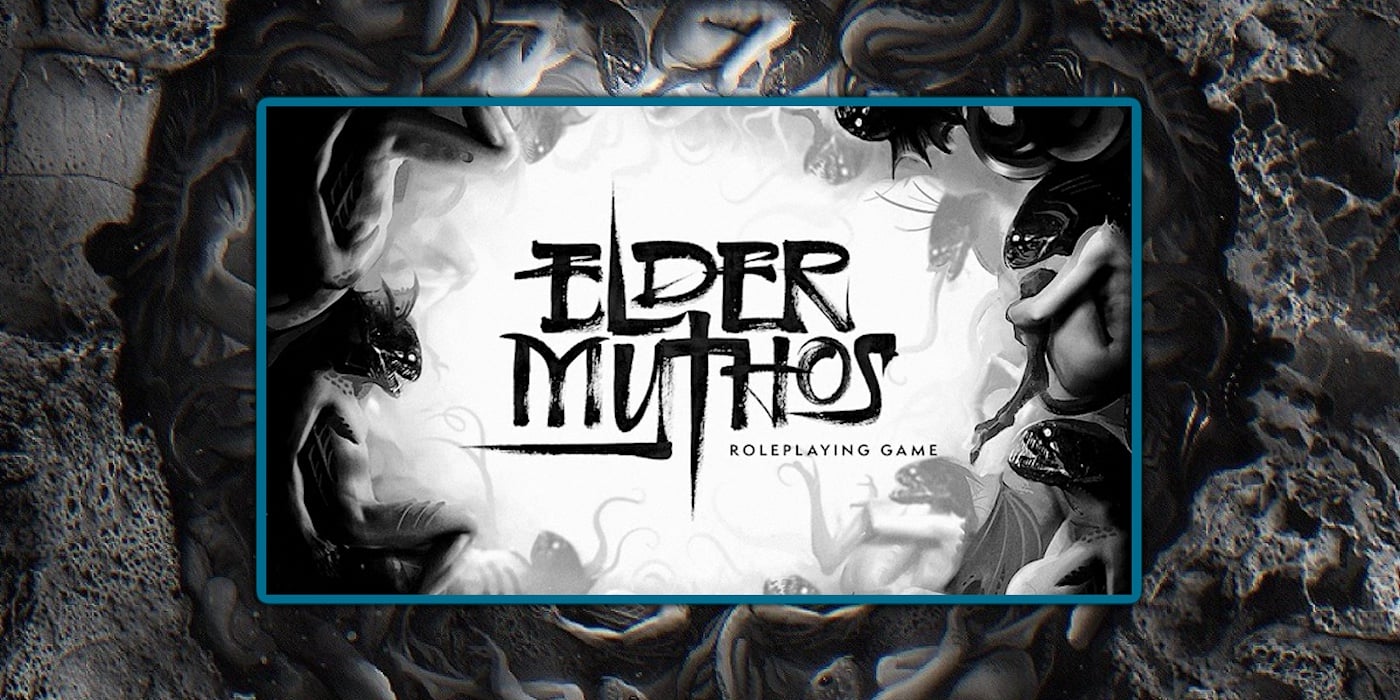Plan, Conspire, and Betray Your Way to Victory in ‘The Last Kingdom: Board Game’
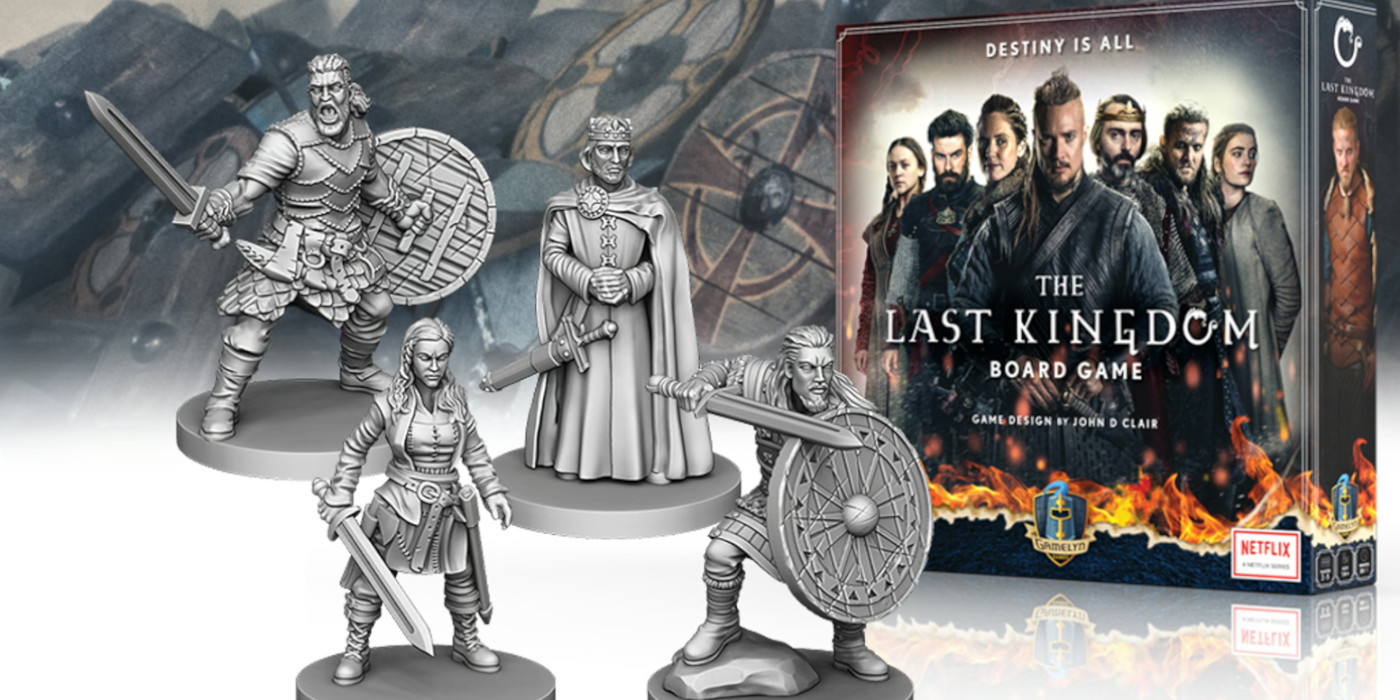
In The Last Kingdom: Board Game, it’s not always about making sure your side wins, but rather making sure you’re on the winning side.
War is complicated. Allegiances come and go, and everyone has their own agenda. Sometimes, a smart leader needs to know when to jump ship on an obviously lost battle and make some quick adjustments to their treaties in order to make sure they stay on top.
This is the heart of what makes The Last Kingdom: Board Game tick.
The Last Kingdom Netflix series is a historical drama that spanned 5 seasons. It is set in late-800s Britain and follows the conflicts between Saxons and Danes, as well as all the drama that often follows war. It’s very highly regarded and was capped with a feature-length film titled Seven Kings Must Die.
The Last Kingdom: Board Game Overview
You might suspect The Last Kingdom: Board Game is a typical area-control Risk-like wargame. But, you’d be wrong. While there is war, of course, it’s less about relentlessly fighting the uphill battle to make sure your noble and righteous side wins the day. It might just be easier to switch sides and call that a win.
The overall gameplay is quite simple. The game takes place over two rounds, each consisting of three phases. In the first phase, players draft cards, which they use to perform actions in the second phase. Cards will often add, move, or remove army tokens from the 5 regions on the board.
In the second phase, players take actions by playing cards or by using the market actions. Each player has a limited number of action tokens they spend to take actions. Market actions are made up of tokens at the top of the board, with their cost listed below. When a player takes a market action, all the tokens are shifted to the left to adjust for new costs.
The most interesting market action, in my opinion, is To See Is To Be Wise, which allows the player to switch allegiances. In The Last Kingdom: Board Game, there are two main sides: the Saxons and the Danes. At the end of each conflict, which comes next, players score points based on who wins. But if your side isn’t doing so hot, it might be time to consider a switch.
It’s Time to Fight!
After players take their actions, battle rages across the board. Each region will resolve its own conflict. Conflicts are won based on the number of army tokens and leader tokens in the region. Players aligned to the victorious side will gain victory points based on their affinity for each faction.
Once each region’s conflict is resolved, the game moves into the second round and it all happens again, starting from card drafting.
At the end of the second round, whichever player has the most victory points wins!
Final Thoughts
What’s especially interesting about The Last Kingdom: Board Game is the allegiance and affinity system. Unlike games like Risk, if for some reason your army is being overwhelmed by enemy forces, that doesn’t mean it’s game over. Rather than throw in the towel, simply switch sides and pretend you were there the whole time.
It’s a system that not only allows for fun and unexpected turnabout but also helps staunch any one player making a runaway victory. If there’s one player doing too well, it’s super easy to ride their coattails and attempt a quick jump to the front at the last moment.

